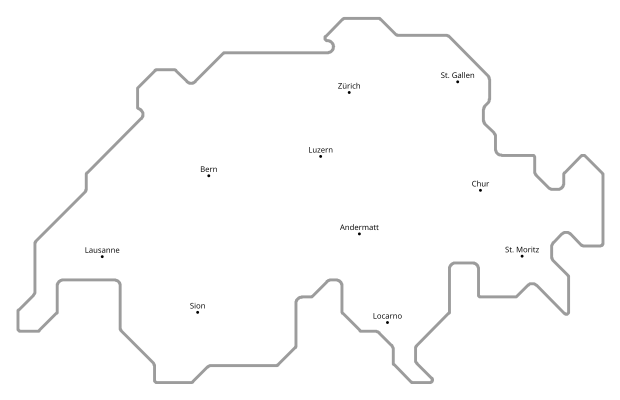Snow avalanche flow regime transitions and consequences for hazard mapping (CCAMM Task 2.3)
2018 - 2021
Cooperation FinancingIn the next future we expect warm air temperatures at lower altitudes to produce large elevation gradients of snow depth, temperature and water content, which will favor avalanche flow regime transitions. These transitions occur when the avalanche snow temperature rises above about -2°C. Above this temperature, snow starts to granulate and its cohesion strongly influences the avalanche mobility. The increase of such warm avalanches in the avalanche run out area requires adapting hazard mapping and daily-based danger assessment to consider possible larger avalanche spreading and related pressures. The current methods used to model and predict avalanches are not considering the effect of snow temperature and therefore climate change scenarios. The primary goal of this research task is to develop and validate constitutive relations to simulate the complex interaction between snow temperature and entrainment by using experimental data and modeling.
